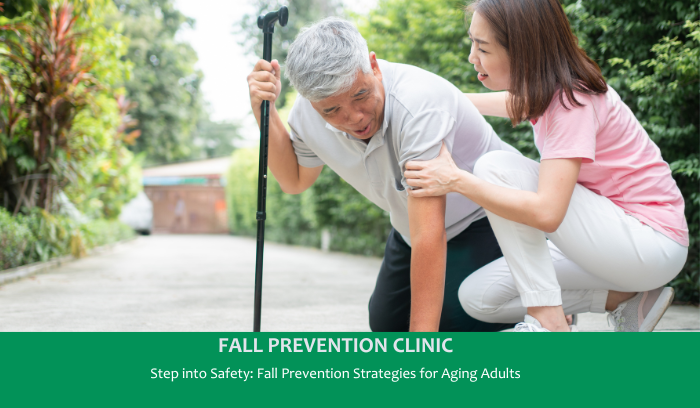Navigating Fall Risk Factors: A Guide to Protecting the Elderly from Injury
Falls in the elderly are a common problem and can have serious consequences. Multiple factors contribute to falls, including age-related changes in balance and strength, vision and hearing impairments, medication use, chronic health conditions, environmental hazards, and lifestyle factors. Fall prevention strategies, such as regular exercise, home modifications, medication management, and vision/hearing assessments, are important in reducing the risk of falls in the elderly population. Early identification and management of risk factors can help prevent falls and improve the overall health and quality of life of older adults
There are multiple intricate mechanisms that help us to maintain our balance.
These include:
- Inner Ears – The inner ear contains the Vestibule, which consists of the Utricle, Saccule, and three Semi-circular canals. These structures play a crucial role in orienting our body in a three-dimensional plane and maintaining balance during various movements, such as acceleration, deceleration, and turning on an axis.
- Eyes – Our eyes play a crucial role in coordinating with the Vestibule through the vestibulo-ocular reflex. This reflex helps to stabilize our gaze and maintain visual stability during head movements, which is essential for maintaining balance.
- Joints – Our joints contain receptors called Proprioceptors, which provide feedback about our body’s position with respect to the ground beneath us. This information helps our brain in making adjustments to maintain balance and posture.
As we age, our senses may weaken, increasing the risk of falls. Some contributing factors include:
- Failing eyesight
- Poor muscle and bone strength
- Loss of proprioception
- Presbyastatis – loss of hair cells in the Vestibular sense organ
- Prebyacusis – loss of hearing
- Medication use, especially sedatives and tranquilizers
- Concomitant neurological disorders like Parkinsonism
- Chronic alcohol use
How to Avoid Falls in Elderly:
- Lighting: Keep rooms and corridors well-lit. Consider using motion sensor battery-operated lights, which are readily available online.
- Flooring: Ensure non-slippery flooring and securely fastened carpets. Remove loose wires, pet leashes, or any obstructions in your walking path. Avoid wet floors and uneven surfaces.
- Support Railings: Install support railings, especially in bathrooms with wet surfaces and on staircases.
- Use Assistive Devices: Consider using assistive devices such as a walking stick for added stability.
- Footwear: Wear comfortable, well-fitting, sensible footwear with low heels to provide better grip and balance.
- Keep Items at Waist Level: Store necessary items at waist level or no higher than shoulder level to avoid climbing on chairs or boards to reach them.
- Strengthening and Balance Exercises: Incorporate strengthening and balance exercises into your routine, such as regular walking, standing on one leg at a time, or closing your eyes and trying to maintain balance.
- Fall Assessment: If despite taking precautions, you continue to experience falls, seek a fall assessment where the underlying cause of the falls can be determined, and specific remedies can be explained to you.
By following above given measures, you can reduce the risk of falls and promote safety, especially for older adults and help to maintain their independence and well-being.

